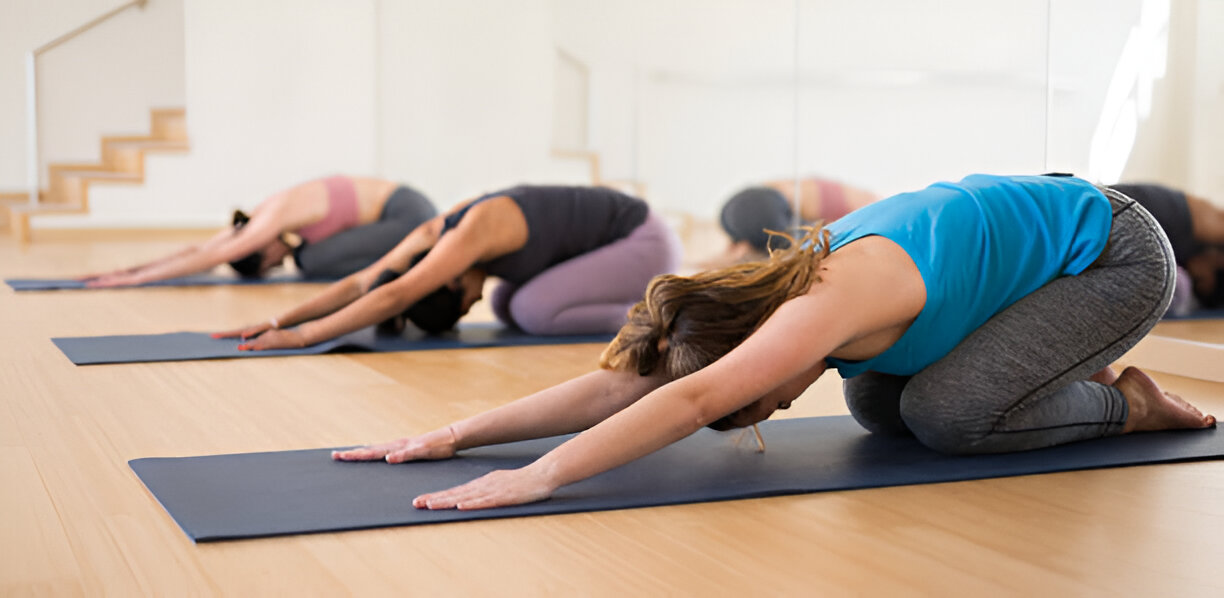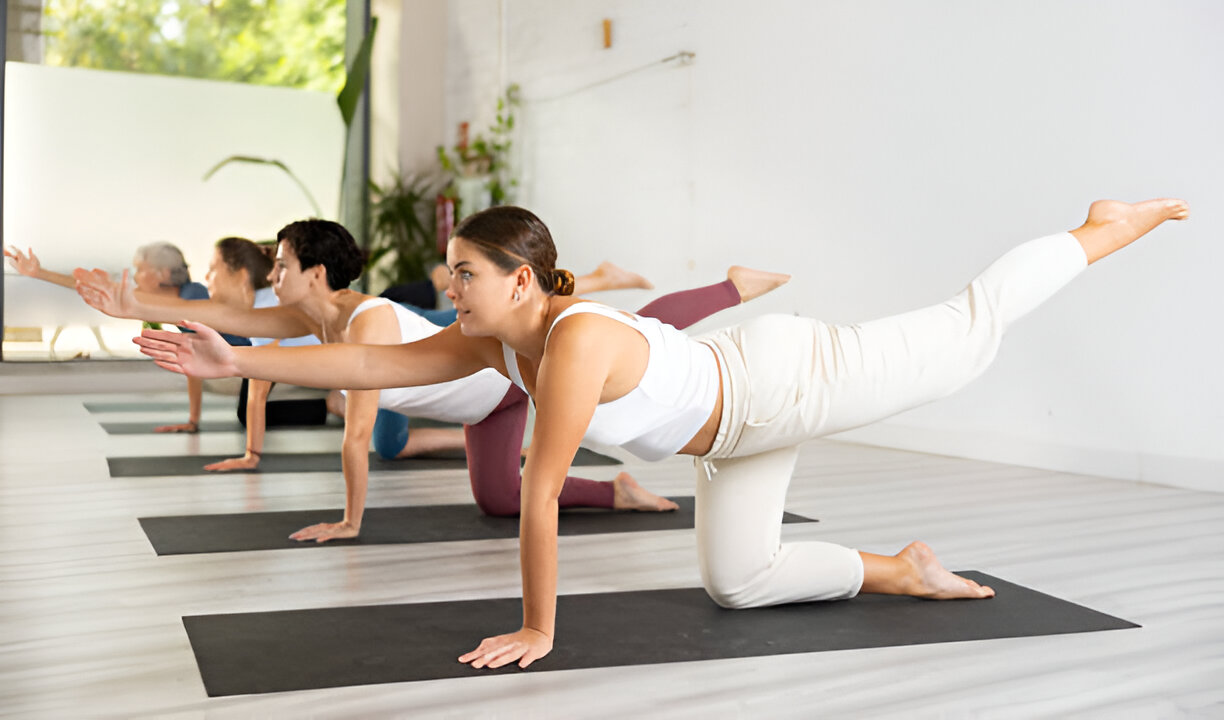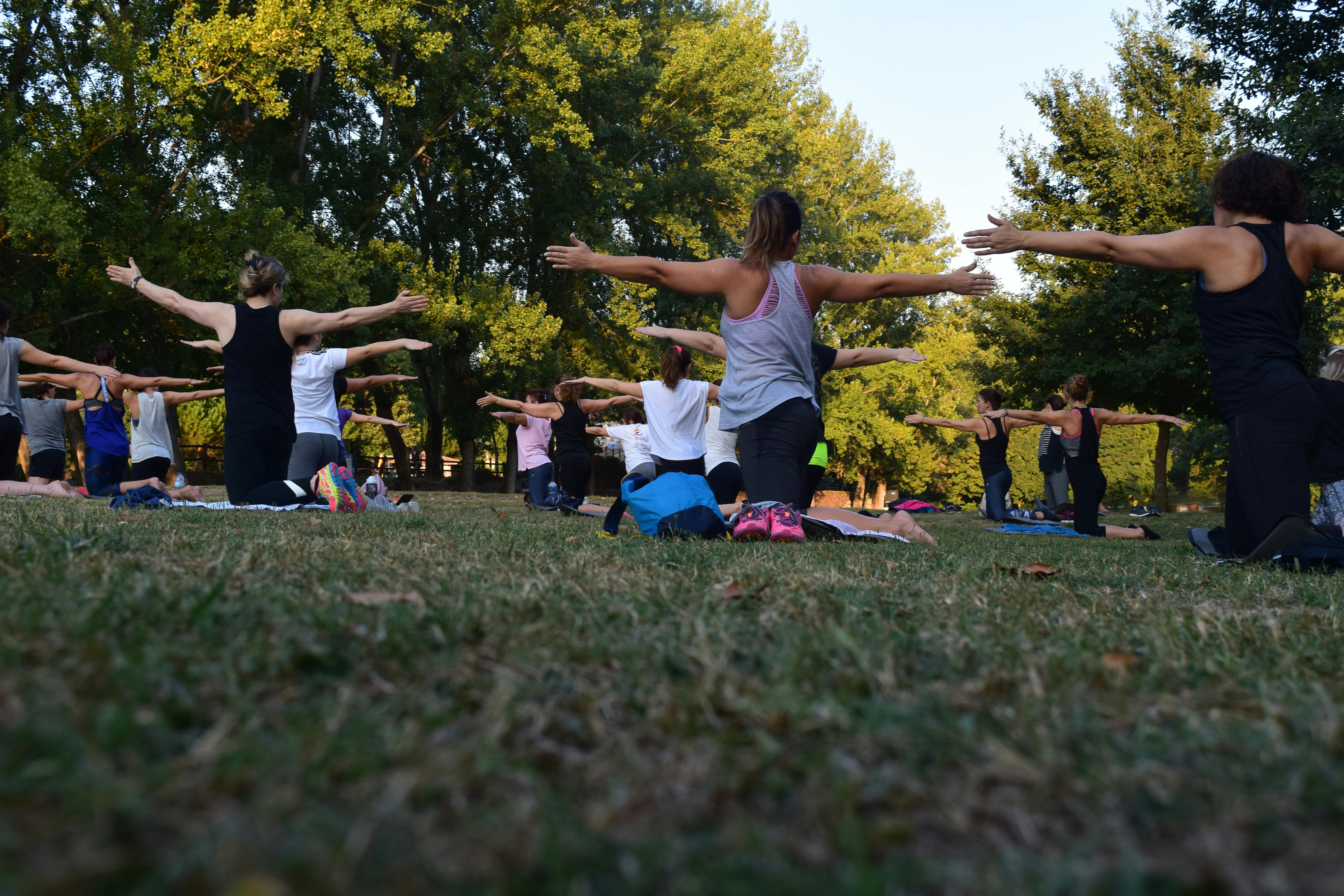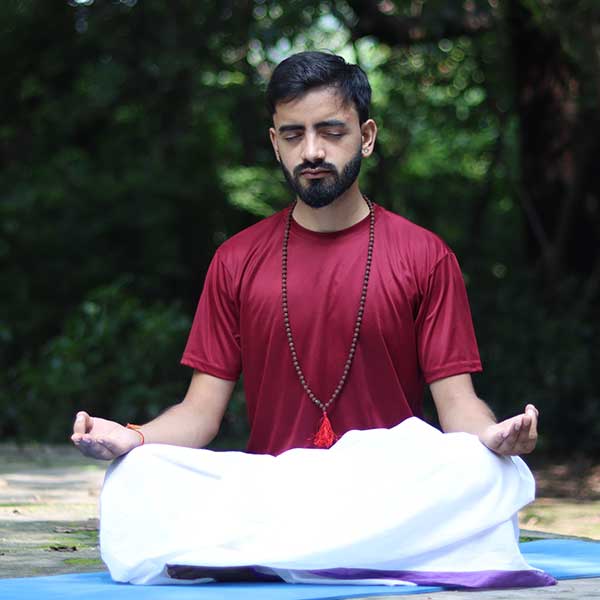
How to Stay Connected with Yoga Practices After the Retreat
Introduction
That’s why, after getting back to life after a yoga retreat, it can be rather difficult to keep a similar pace and feel the connection with the practice. However, the practice after the session is as crucial as attending the practice, and that is where, in the long run, you get to experience enhanced health, a clear mind, and emotional regulation. Here are some tips that will assist you in maintaining your commitment towards yoga once you come back from a retreat.
Setting Clear Intentions
Establishing objectives is among the first approaches to sustaining the link with your practice. Determine why you are engaging in the practice, whether it is to gain flexibility, relieve stress, or attain spirituality, among other goals. Assembling the personal yoga map with clear objectives is a good way to proceed since you will be aware of the purpose to work on.
Establishing a Home Practice
One can easily incorporate yoga into their routine schedule by practicing yoga at home. Choose a calm and comfortable area of your house where you will be practicing. Select a convenient time, either in the morning or in the evening, and stick to it.
Using Online Resources
Indeed, the internet is a rich source of yoga-related materials. There are many yoga video clips and tutorials on the internet today. Apart from focusing on doing yoga, you can watch and learn from different channels on the internet, like YouTube, among others. There are also online classes offered by companies like YogaGlo and Gaia. These can be used to get ideas and directions on how to approach your practice.
Joining Local Yoga Communities
If you wish to practice yoga more in groups, then you should get linked with yoga communities. Locate fitness venues and join yoga classes or sessions. It is recommended to participate in local events so that you can constantly motivate yourself and be with people who share the same ideas.
Introduction of Yoga into Daily Routine
As previously mentioned, it is possible to do yoga in a time-effective manner. Thus, incorporating yoga into your daily schedule can be uncomplicated. Such measures as taking a morning stretch or having some relaxation exercises before going to bed will go a long way. Also, the inclusion of relaxation techniques, including deep breathing or meditation, helps improve general health.
Staying Motivated
It is often difficult to continue to remain motivated, especially when a lot is going on in one's life. It is useful to set practical but effective short- and long-term objectives concerning your observations and practice of yoga. It is also helpful to have something to look forward to, whether it is a journal or an app that monitors your practice and posts updates on how each practice is helping you; this also motivates one to practice more often.
Communicating with Other People Who Are at the Retreat
A good number of retreat participants wish to stay connected with the rest of the group, and luckily, there are apps for that. Creating a group chat, and having a regular meet-up can help create a system of support. Telling people who you want to get to your desired fitness level and letting them know how you are doing can be encouraging.
Exploring Different Yoga Styles
Yoga, as described, simply means flexibility and that is why they say variety is the spice of life. There are many styles and techniques to try when it comes to practice, so keeping your practice interesting and engaging is not so difficult. Regardless of whether one is attempting Vinyasa, Hatha, or Yin yoga, all strategies have advantages that can boost one’s experience.
Meditation and Breathing Exercises
Prayer and breathing exercises are part and parcel of yoga. These practices can be integrated to improve your mindset and boost your emotional health. Basic exercises like the 4-7-8 breath exercise or body scans can be practiced flawlessly within the schedule of the day.
Listening to Your Body
Stress on the musculoskeletal system and its need to rest when things get tough is the message that the author wanted to pass across. Your yoga practice is unique to your body and should be dictated by your needs and any impediments you may have. You should feel free to alter your practice if you are uncomfortable or in pain and seek advice if needed.
Looking for Yoga Teacher Guidance
It is also important to have a yoga mentor or teacher from whom one can seek advice. It might be useful to consult a yoga instructor for independent lessons to deal with concerns or issues. Such an approach can assist in your practice and guide you to the proper positioning of the body during exercises.
Using Yoga Apps
Yoga apps can be a useful way of always staying in touch with a set practice. Down Dog, Yoga Studio, and Daily Yoga are some of the most common applications that help set up workouts and monitor your fitness. These apps can be a useful addition to your home practice because they are distinct and have a planned schedule.
Yoga in Synergy with Other Therapies
Yoga is part of general health promotion practices. Yoga, together with other practices like a balanced diet and effective workouts, yields complete body health. By keeping all aspects of one’s life in balance, it will be easier to remain committed to yoga.
Conclusion
Maintaining the connection with yoga after the retreat is all about purpose, commitment, and flexibility. Therefore, one should have defined goals at the start, create a home practice, apply online support, and remain motivated to sustain or enhance the practice of yoga. It is important to keep in mind that yoga is for life, and the benefits from the practice compound over time.






Leave a Comment